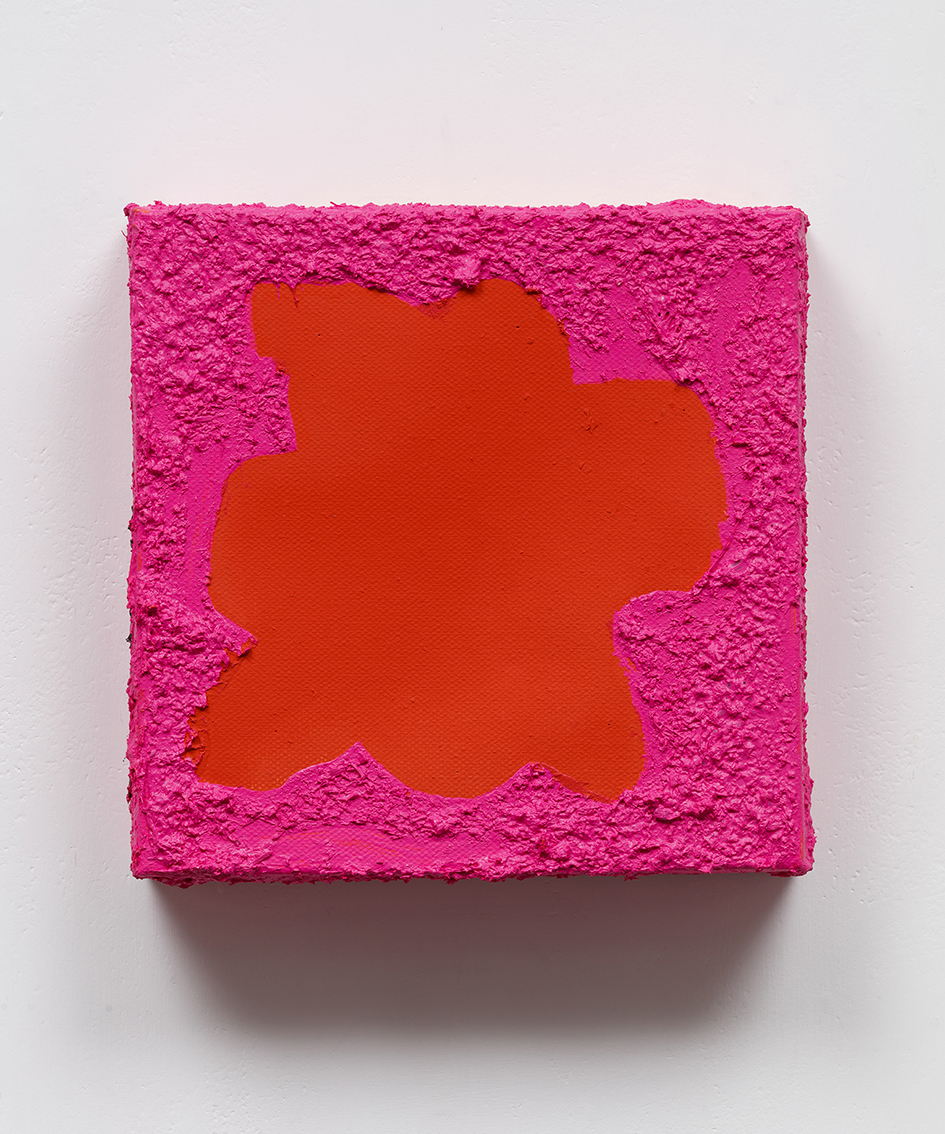|
●★ Debussy : Suite『B e r g a m a s q u e』Perfomed by Claudio Arrau ★●
Prelude Minuette Clair de Lune Passpied
● David Hockney - Garrowby Hill 1998 ●
● C. Debussy : Suite bergamasqueThe Suite bergamasque (French pronunciation: [bɛʁɡamask]) is one of the most famous piano suites by Claude Debussy. Debussy commenced the suite in 1890 at age 28, but he did not finish or publish it until 1905.[1] The Suite bergamasque was first composed by Debussy around 1890, but was significantly revised just before its publication in 1905. It seems that by the time a publisher came to Debussy in order to cash in on his fame and have these pieces published, Debussy loathed the earlier piano style in which these pieces were written.[1] While it is not known how much of the Suite was written in 1890 and how much was written in 1905, it is clear that Debussy changed the names of at least two of the pieces. "Passepied" was called "Pavane", and "Clair de lune" was originally titled "Promenade Sentimentale." These names also come from Paul Verlaine's poems.[1]
● StructureThe Suite bergamasque consists of four movements:
The suite has been orchestrated by many composers, including André Caplet, Leopold Stokowski, and Lucien Cailliet. Dimitri Tiomkin arranged "Clair de lune" for organ for his musical score for Warner Brothers' 1956 film Giant. The first three movements include a common motif:
● Movements● "Prélude"The first piece in the suite is entitled "Prélude". "Prélude" is in the key of F, in tempo rubato. It is full of dynamic contrasts with a vigorous beginning and ending. It is a festive piece, which holds much of the baroque style that is commonly found in preludes. ● "Menuet"The second part of the Suite Bergamasque is the "Menuet." Its playful main theme contrasts with an alternatively mysterious and dramatic middle section. This piece is particularly original, as it does not conform to the particular style that most minuets share. Rather than being very airy and dainty, this piece shows much more raw comedy. Again, Debussy sets a very novel piece in the guise of an old song style.
● "Clair de lune"The third and most famous movement of Suite bergamasque is "Clair de lune," meaning "moonlight" in French. Its name comes from Paul Verlaine's poem of the same name which also refers to 'bergamasques' in its opening stanza: Votre âme est un paysage choisi / Que vont charmant masques et bergamasques / Jouant du luth et dansant et quasi / Tristes sous leurs déguisements fantasques.
● "Passepied"The final movement is "Passepied" in F-sharp minor, allegretto ma non troppo. A passepied is a type of dance, which originated in Brittany. Debussy's "Passepied" is a happy, yet strangely medieval piece, which is surprisingly faster than its Baroque counterparts. Throughout most of its duration, the piece is played with staccato arpeggios in the left hand.
■ WIKIPEDIA - UTUBE 참조 ■ | |
'Lecture Concert' 카테고리의 다른 글
| Albert Roussel - Concerto pour petit Orch. Op. 34 (0) | 2015.07.05 |
|---|---|
| Abert Roussel - 3 pieces for Piano Op.49 (0) | 2015.07.05 |
| The Best of Debussy <*> (0) | 2015.07.04 |
| The Best of Debussy <***> (0) | 2015.07.04 |
| 차이콥스키 교향곡 5번 (0) | 2015.07.04 |


